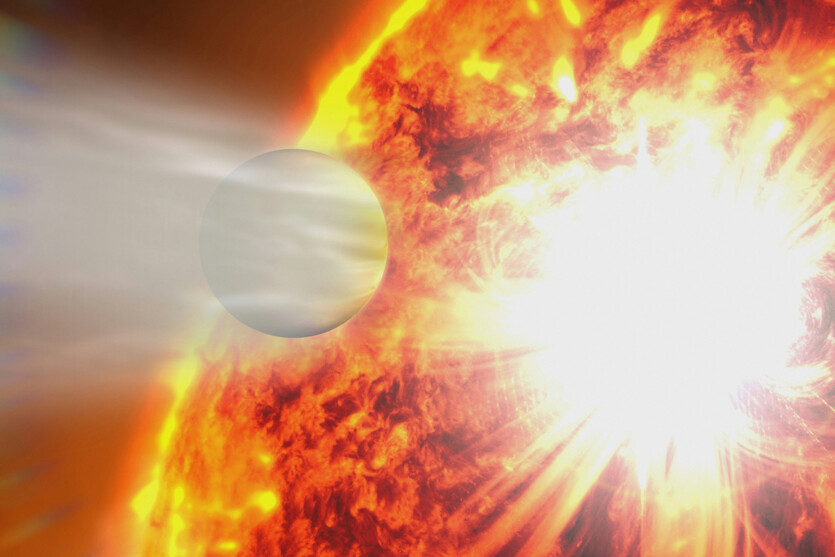
Scientists say that if creating the Solar System “by the book,” it would be flatter and more round. It seems something extraordinarily large stirred it up.
However, the disk of the Solar System is relatively warped, and the orbits of its planets are slightly tilted and elliptical. It is quite possible that some heavy object entered the protoplanetary mix at the beginning of the formation of the Solar System, permanently changed its appearance, and then disappeared again. This hypothesis was proposed by physicists Gareth Brown and Hanno Rein of the University of Toronto, in collaboration with planetologist Renu Malhotra of the University of Arizona.
The likelihood of such an event is 1 in 1000, but the hypothesis is still worth attention, especially if further confirmations are found. It is known that objects from beyond the Solar System occasionally enter it under the influence of the star’s gravity, gain speed, and then leave it again—as did the asteroid Oumuamua in 2017.
The research group calculated an object that had 2–50 masses of Jupiter, which orbited the Sun near the orbit of Uranus, and had enough speed to leave the system and displace the giant planets. By modeling about 50 thousand variants that take into account the possible position of neighboring stars, the researchers obtained an object with about 8 masses of Jupiter, which approached the modern orbit of Mars at a speed of 2.69 km/s.
Interestingly, further modeling of passages through the Solar System showed that one of the planets could be ejected from it within the next 20 million years, or thereabouts, in 2% of cases. In all other cases, the inner planets remained on somewhat changed, but still relatively harmonious orbits. Thus, the likely catastrophe of the past seems to have a significant impact on the future.
Source: ScienceAlert

Spelling error report
The following text will be sent to our editors: